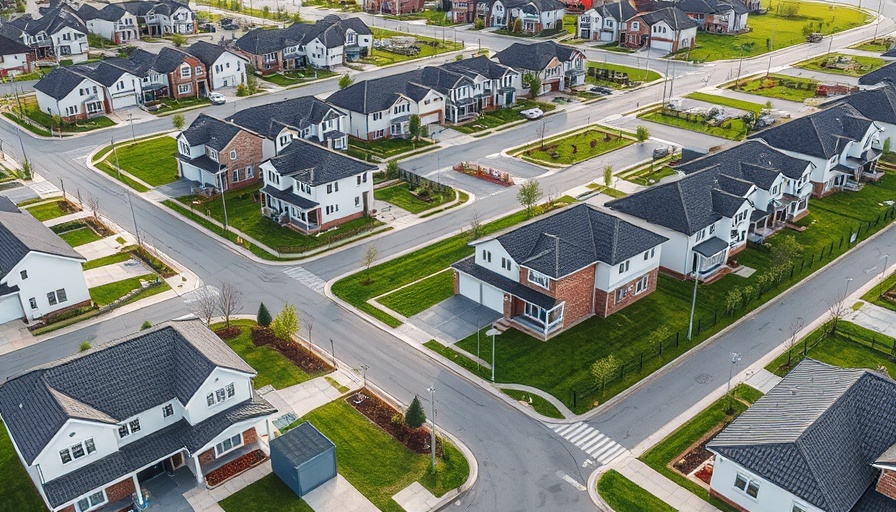
The Surging Housing Demand in Dallas-Fort Worth
In recent years, the Dallas-Fort Worth (DFW) metro area has witnessed an impressive transformation in its housing sector. According to new research from the Bush Institute-SMU Economic Growth Initiative, housing growth in DFW jumped by an extraordinary 27% from 2010 to 2023, outpacing most other metropolitan areas across the country. This robust growth is a result of pro-growth policies that encourage home building and infrastructure development, presenting a model that other U.S. cities could learn from.
Pro-Growth Policies Fueling Housing Growth
The DFW area stands out as a leading pro-growth region, characterized by less restrictive zoning laws and an overall favorable climate for development. This conducive environment for real estate investment is seen as a crucial factor in the rapid increase in housing supply. Cullum Clark, director of the Bush Institute's Economic Growth Initiative, remarked on the potential lessons that DFW's policies could provide for other urban centers striving to accommodate growing populations.
How DFW Compares to Other Metros
While many cities around the nation face challenges regarding housing supply, DFW’s proactive approach sets it apart. A comparative analysis highlights significant differences in housing construction rates among similar metros, with DFW building homes at a higher pace than most others. The implications of this can be enormous, impacting everything from the local job market to residents' quality of life.
The Impact of Population Surge on Housing Demand
The population in DFW has surged to approximately 8.3 million, which has undeniably intensified the demand for housing. As more individuals and families relocate to the region in search of job opportunities and a better life, the landscape must evolve to meet this growing need. Interestingly, this influx not only increases demand but also raises property values, making DFW a hotbed for real estate investment.
Challenges Amidst the Boom
Despite the positive growth metrics, the rapid expansion presents its own set of problems for residents and city officials alike. DFW continues to grapple with issues stemming from increased traffic, waste management challenges, and localized infrastructure strains. These factors often accompany rapid development and can diminish the overall living experience if not addressed effectively.
Learning from DFW: A Blueprint for Other Cities
As cities across the U.S. look to replicate DFW’s successful growth model, it bears considering how to balance housing initiatives with community needs. DFW’s experience emphasizes the importance of collaboration between government, developers, and civic organizations to forge policies that support sustainable growth without sacrificing the quality of life for current residents.
Conclusion: A Call for Balanced Growth
The lessons from DFW's housing surge are clear: fostering an accommodating environment for growth can yield significant benefits. Yet, the path forward must involve careful planning to mitigate inevitable challenges. As the DFW area continues to evolve, it will be essential for stakeholders—from local businesses to city planners—to work in concert to preserve the unique qualities that make the region attractive for both new residents and businesses alike. Understanding the intricate dynamics of DFW's housing market could be invaluable for ongoing economic discussions elsewhere.
 Add Element
Add Element  Add Row
Add Row 



 Add Row
Add Row  Add
Add 


Write A Comment